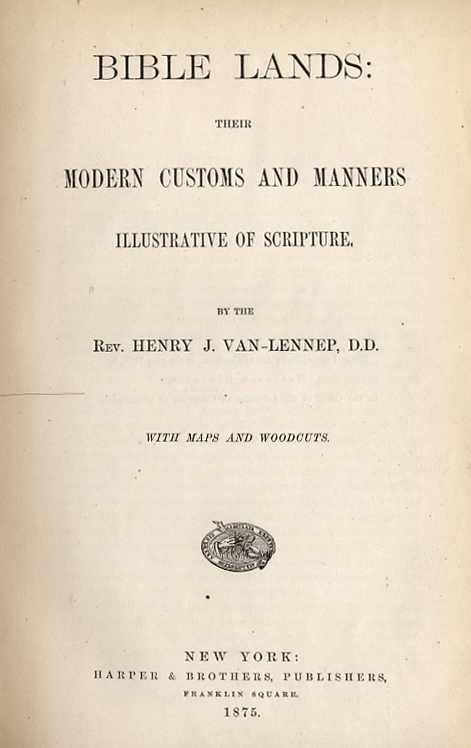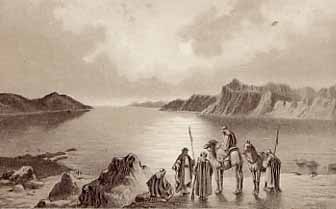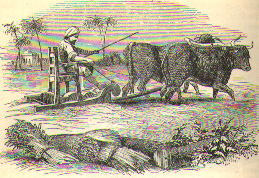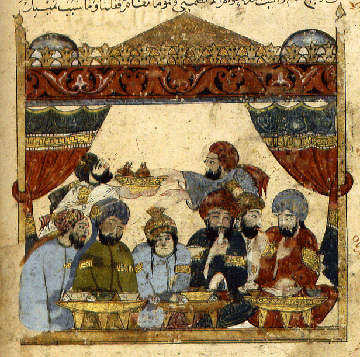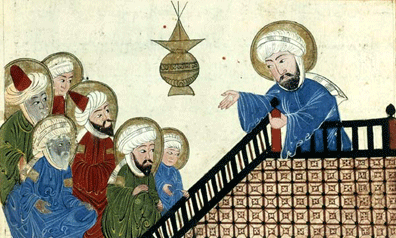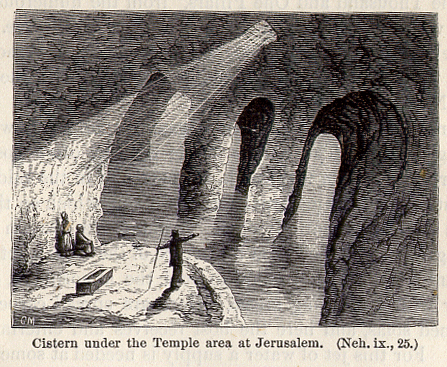
Van-Lennep’s illustration of a Easterner with outstretched arm in awe at the scenes under the Temple mount at Jerusalem
Heny J. Van-Lennep, missionary, author and artist of the Holy land, has no doubt that the “remarkable reproduction of Biblical life in the East of our day is an unanswerable argument for the authenticity of the sacred writings.†While the bias of this Christian writer is clear, it would appear to flow more from a sense of sectarian and cultural superiority rather than an innate desire to denigrate the people being studied. Because writers like Van-Lennep believed that current customs of the Arabs, in particular, had been preserved by God as a testimony to the truth of scripture, these customs were held in high regard. While I hesitate to label the efforts of these texts as “ethnography†in the contemporary sense, Van-Lennep (1875:6) is proud of the fact that he “enjoyed unrivaled opportunities of intercourse with all classes of people.â€
Rather than using his text to criticize the “Orientals,†Van-Lennep (1875:7) is at pains to counter existing stereotypes of his day. Thus, he used “Mohammed†rather than “Mahometâ€, “Bedawy†rather than “Bedouin.†Consider the rationale for recognizing how Muslims saw themselves: “On the other hand, we have not called the religion of Mohammed Mohammedanism, but Islam, its universal name in the East (not Islamism, nor the religion of Islam); and his followers not Mohammedans, but, as they call themselves, Muslims (not Mussulmans); Muslimin is the plural of Muslim.†To the extent that Van-Lennep believed that God had preserved these customs as a testimony, it was important to describe them as accurately as he could. Continue reading With Van-Lennep in Bible Lands: 2
